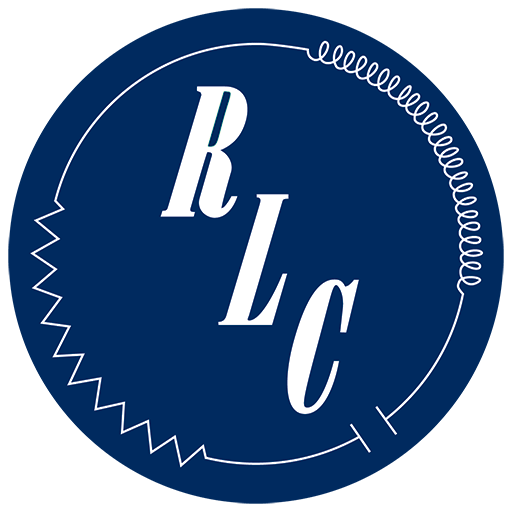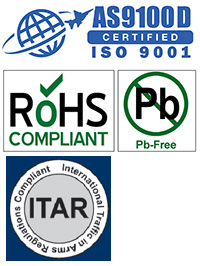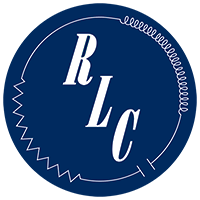What is the difference between failsafe and latching?
Failsafe mode is standard on RLC switches, unless otherwise specified. In the failsafe mode, the switch will move to the closed position when the proper voltage is applied and return to the open position when voltage is removed. On the contrary, in the latching mode, the switch will remain in any specific position when the voltage is removed, and will only move to another position when voltage is applied (self-latching).
What is the difference between pulse latching and cutthroat latching?
Standard RLC latching switches are equipped with a cutthroat solid state circuit, which will automatically cut the actuating current after the switch has changed positions. RLC also has the ability to manufacture latching switches driven by a pulse (pulse latching mode), in which the self-cutoff circuit is not part of the design, and the unit will need to be pulsed in order to drive it to a different position. A DC pulse between 20-50 mSecs is required to actuate a position and the user provides current cut-off.
How does the TTL function work?
The TTL control circuit allows you to drive the switch using designated power terminals that require less current than normal. TTL allows the user to drive the switch operation with a 5 volt control circuit. Normal operation is for the switch to be activated by “high” control voltage and deactivated by “low”, but low activated TTL is available, as is BCD. Generally, an on logic level of 2.5-5.0vdc will actuate the switch, whereas an off logic level of 0.0-0.7vdc will turn off the coil (on failsafe switches).
What are my control voltage options?
All standard RLC switches have choices of 12 vdc and 28 vdc coils, while many offerings also have a 5 vdc option. RLC can provide unique control voltages to meet user requirements, as evidenced by providing 15vdc coils on selected customized switches.
Polarity of Control Voltage
On latching switches, RLC standard units are common-negative. However, if you would prefer common-positive polarity, we have the ability to design that into the unit as well.
Terminated Switch Power Ratings
RLC has a standard 2 Watt internal termination fitted to all of the STR-series of terminated switches. As a number of applications require higher power terminations, RLC will replace the termination with an SMA (female) connector and allow the user to fit an external load of appropriate power ratings to accommodate their specific need.
Can RLC make switches with mating connectors instead of solder terminals?
RLC has provided many custom DC control configurations using standard MS connector models. Some of the mating connectors RLC has used in the past include sub-D and MS style connectors.
What is the difference between inboard and outboard mounting?
The difference between these two mounting options is simple. Outboard mounting (standard on RLC switches) signifies that the mounting holes are outside of the outer connectors on a switch. Inboard mounting signifies that the mounting holes and in between the outer connectors and the center connector. This is only available on a SPDT switch.


How do I mount my surface mount switch?
Please download this PDF for more detailed information.
How do I choose the appropriate/desired connector?
RLC’s most common connector is an SMA connector. Frequency range and power limits can play a major role in choosing the appropriate connector. For example, RLC does not like to use BNC connectors above 1 GHz. We also don’t recommend using TNC connectors above 12.4 GHz. For a 40 GHz unit, we would recommend using 2.92mm connectors, while using 1.85mm connectors for units at 65 GHz. In terms of power, RLC recommends using a Type N connector for high power applications (> 250 Watts). For higher power applications up to 6 GHz, the SC and HN connectors can be used on most designs.
Is RLC RoHs compliant?
Most products manufactured at RLC are already compliant to the RoHS Directive. Plating has been compliant since 2006, and RLC can be compliant with soldering if need be (RLC has Pb free solder in house). Since most metal alloys contain lead, RLC must take the RoHS exemption #6a, 6b, and 6c. The US Military is against the use of lead free solder which contains more than 97% tin. The mandate is to contain at least 3% lead. (The issue is regarding “tin whiskers”). Therefore, RLC will have a dual solder system on an individual basis, (Pb Free), when specified by customer.
Does RLC have its ITAR certification?
RLC is ITAR certified. The U.S. Government requires all manufacturers, exporters, and brokers of defense articles, defense services or related technical data to be ITAR (International Traffic in Arms Regulations) compliant. Please speak with the sales department ( [email protected]) if you have an inquiry about ITAR compliance as it relates to a specific product of interest.


